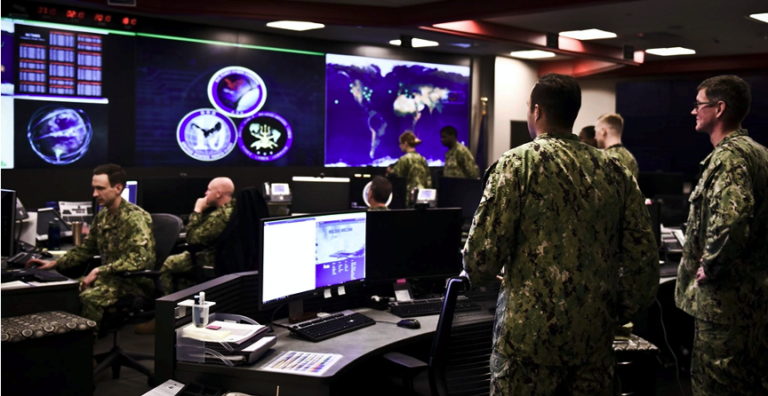Cross-domain Competition: How Organizational Stovepipes Create Risks for Shared Missions
International Security at the Nuclear Nexus Series

Within the national security community, institutional interactions are shaped by how responsibility, authority, competency, and budgets are allocated across separate organizations with shared missions. Organizational lines have to be drawn somewhere; indeed, boundaries enable organizations to develop specialized knowledge and tackle problems which might otherwise be intractable by breaking them down into more manageable chunks. But, organizational stovepipes can also create risks to shared missions, especially when separate institutions must develop interoperable technology. Today, traditional nuclear missions increasingly intersect with emerging technical domains such as space and cyber.
This brief explores the institutional nexus within the U.S. military, where new organizational stovepipes may create risks to shared missions. To mitigate these risks, policymakers should proactively counter bureaucratic competition among the separate organizations which share the mission of defending the nuclear command, control, and communications (NC3) system.
(Photo Credit: U.S. Fleet Cyber Command/U.S. Tenth Fleet)
